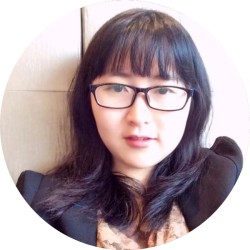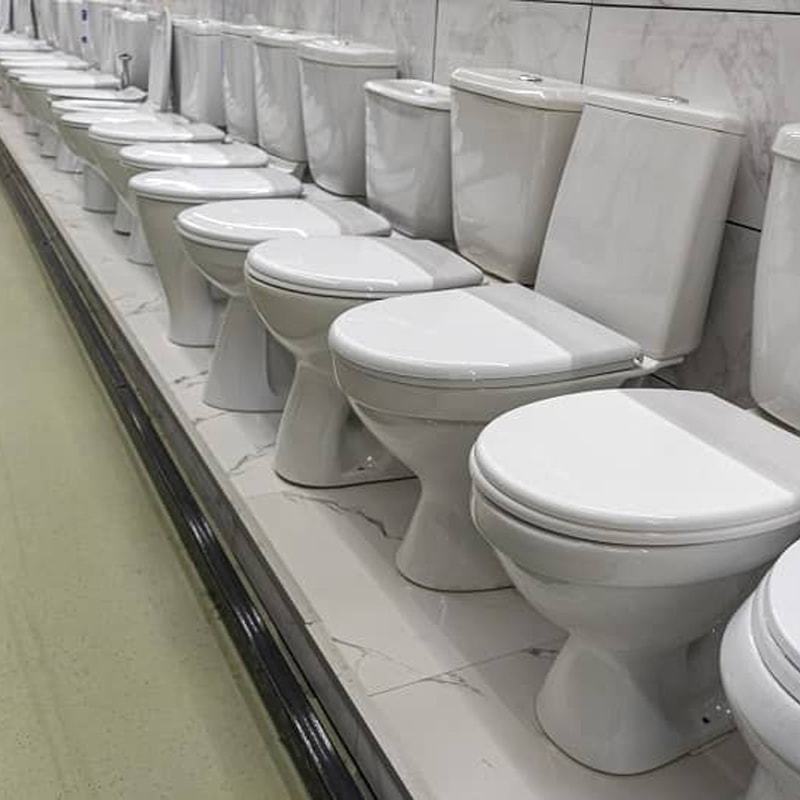 English
English
Jabra Sanitary is a sanitaryware supplier offering toilets, sinks, faucets, bathtubs, etc., at competitive prices. If you're a distributor, wholesaler, or project contractor, get a quote today!
 $23.9 Limited-time Offer
$23.9 Limited-time Offer Consignment Policy
Consignment Policy 20 Years of Experience
20 Years of Experience
When choosing a toilet, more and more people are beginning to prioritize water efficiency and water consumption.
How many gallons does your toilet flush now? Modern low-flow toilets use between 1.28 and 1.6 gallons per flush.
In this article, we'll delve deep into the comparison of 1.28 vs 1.6 GPF toilet.
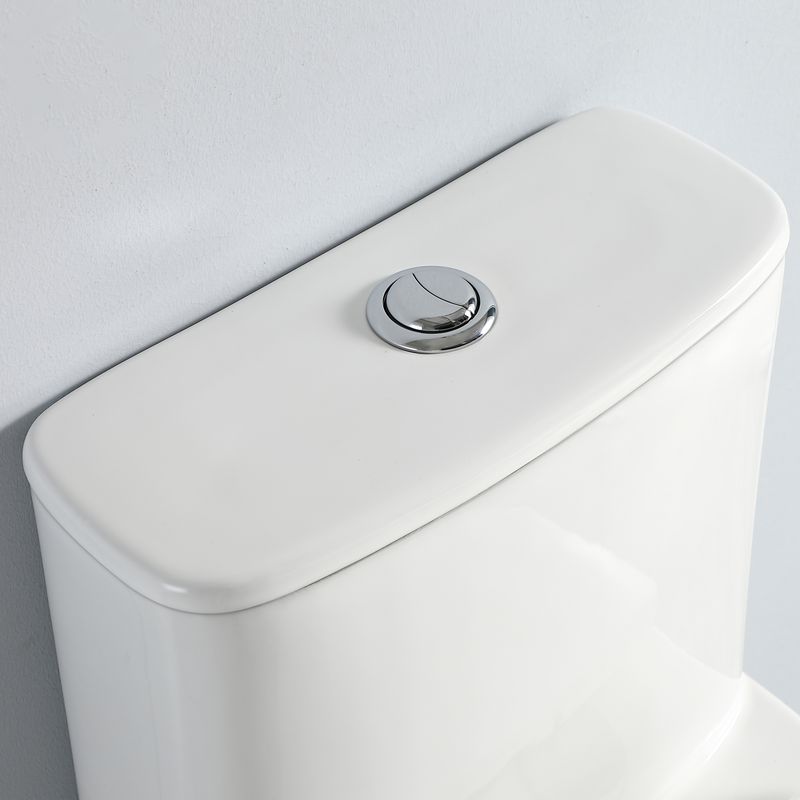
Table of Contents
1.28 GPF Toilet: The Industry Standard for Water Efficiency
1.6 GPF Toilet: A Transitional Step Towards Efficiency
Comparing Water Usage: 1.28 vs 1.6 GPF Toilet
1.28 GPF vs 1.6 GPF: Flushing Performance
1.28 GPF vs 1.6 GPF toilets: Cost and Savings
1.28 vs 1.6 Toilet: Environmental Impact
Toilet 1.6 GPF vs 1.28: Regulations and Rebates
The Role of Dual Flush Toilets in Water Conservation
Maintenance and Longevity for Low Flow Toilets
Traditional Toilets vs. Low Flow Toilets
The Sustainable Choice: Jabra's Water-Efficient Toilets
Conclusion
GPF stands for "gallons per flush." A 1.28 GPF toilet uses 1.28 gallons of water per flush.
The 1.28 GPF toilet represents a significant leap forward in water efficiency, swiftly becoming the industry standard.
These 1.28 GPF toilets are designed to use less water while still providing effective flushing. They meet the EPA's WaterSense criteria.
A 1.6 GPF toilet uses 1.6 gallons of water per flush. These 1.6 GPF toilets are considered the standard for modern toilets, providing a balance between water usage and flushing performance.
They meet the federal standard maximum for water usage in new toilets. While they use more water per flush than 1.28 GPF toilets, many users find that 1.6 GPF toilets offer strong flushing power and are effective for heavy-duty waste removal.
By September 2021, the vast majority of toilets in the United States were mandated to comply with the 1.6 GPF standard, a significant milestone in the nation's water conservation journey.
For our hypothetical family of four, a 1.6 GPF toilet would consume approximately 11,600 gallons of water annually, exclusively for flushing purposes.
A 1.28 gpf toilet saves approximately 20% more water per flush than a 1.6 gpf toilet with 1.6 gallons per flush, potentially translating to an additional 2,300 gallons of water saved annually for an average family of four.
This difference may seem insignificant, but when compounded over daily usage and across households, the impact on water conservation is substantial.
- 1.28 GPF Toilets: Advances in toilet design have enabled these low-flow toilets to perform just as well as higher-flow models.
Many 1.28 GPF toilets use powerful flushing mechanisms to ensure efficient waste removal, although some users may still prefer the 1.6 GPF models for heavy-duty performance.
- 1.6 GPF Toilets: Generally, these toilets are perceived to have slightly better flushing performance due to the increased water volume. They are often chosen for high-traffic areas or where more robust waste removal is needed.
- Initial Cost: The price difference between 1.28 GPF and 1.6 GPF toilets is usually minimal. However, the installation cost and any necessary plumbing adjustments should be considered.
- Long-term Savings: 1.28 GPF toilets offer more significant savings on water bills over time. Given the lower water usage, homeowners can expect to see reduced water bills, especially in areas where water costs are high.
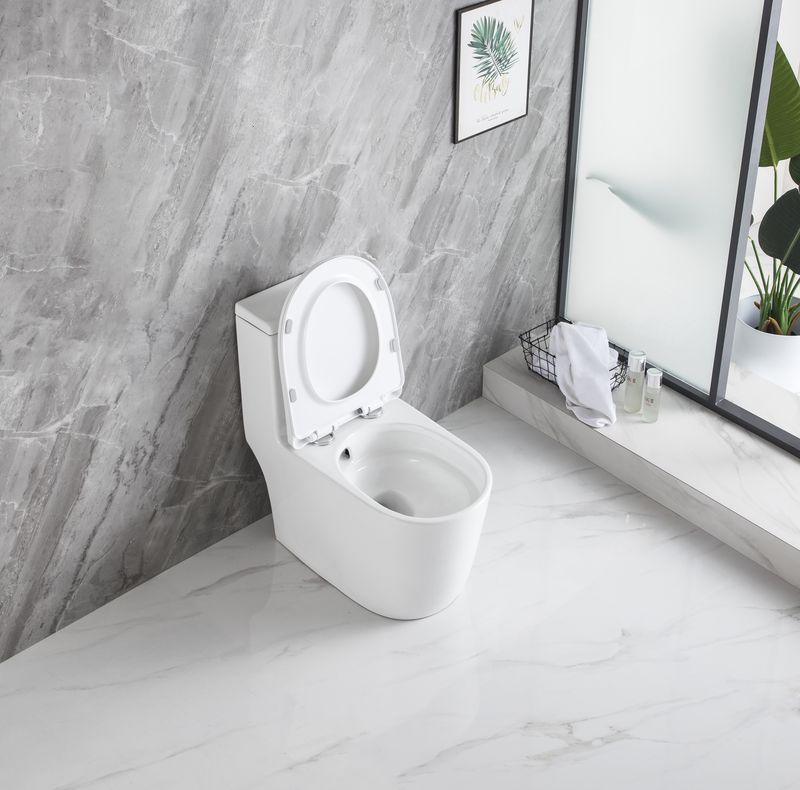
- Water Conservation: 1.28 GPF toilets are more environmentally friendly due to their lower water usage. Over the lifetime of the toilet, the water savings can be substantial, contributing to conservation efforts and reducing the strain on local water resources.
- Eco-Friendly Features: Many 1.28 GPF toilets incorporate additional eco-friendly features, such as dual flush options, which provide even greater flexibility in water usage.
The concept of gallon-per-flush directly impacts the environment. An average person flushes the toilet around five times a day. This means even a small reduction in water usage per flush can lead to significant water conservation over time.
Thus, shifting to low flow toilets like the 1.28 gpf or the 1.6 gpf toilets can make a substantial difference in reducing our environmental footprint.
Regulations: Some regions have regulations requiring the installation of high-efficiency toilets, which often means 1.28 GPF models. Checking local building codes is essential before making a purchase.
Rebates: In many areas, water utilities offer rebates for installing water-efficient toilets. These rebates can make 1.28 GPF models more financially attractive, offsetting the initial cost.
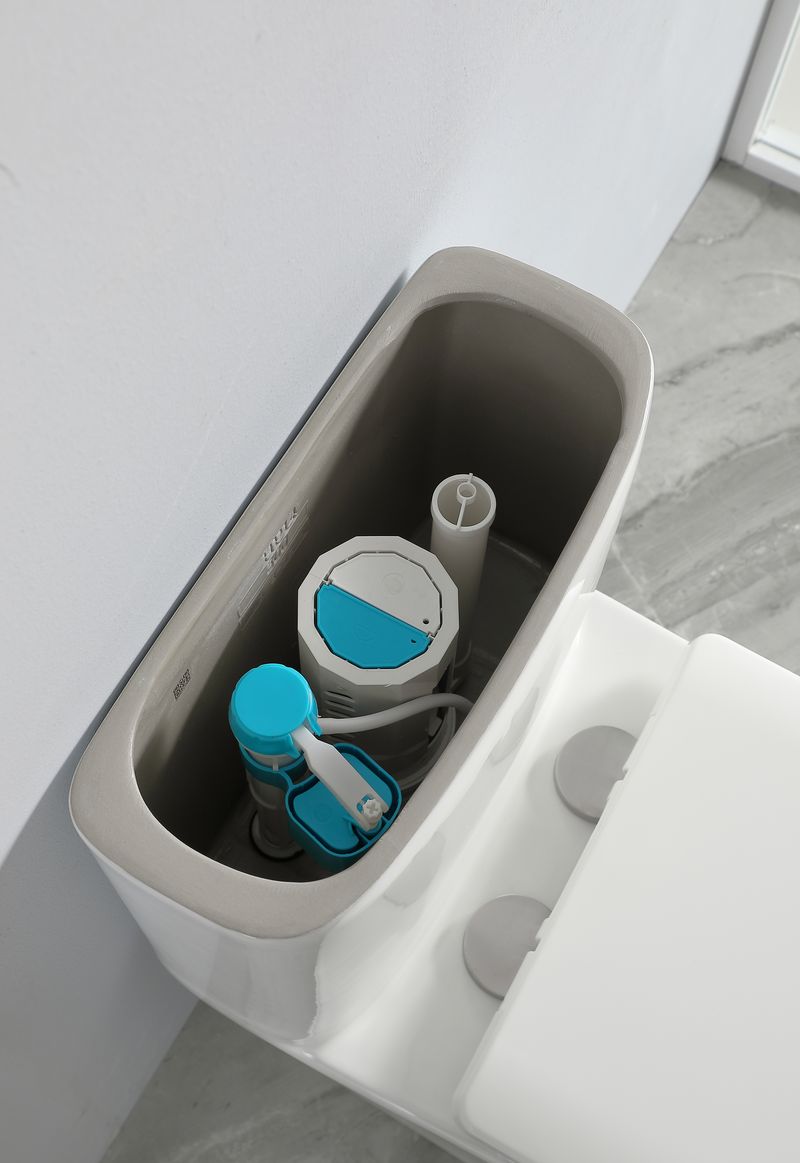
Dual flush toilets are another innovative solution to water conservation. They offer two flush options - a full flush for solid waste and a partial flush for liquid waste. This method allows users to control the amount of water used per flush, leading to substantial water savings.
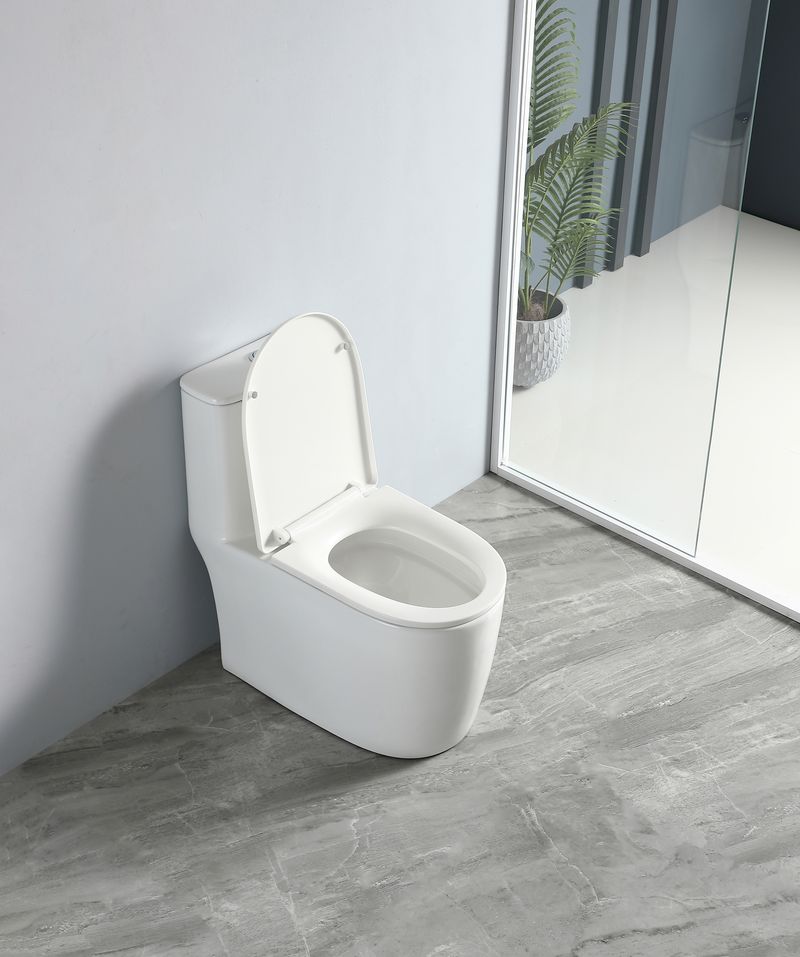
While luxury low-flow toilets from toilet brands like Jabra Sanitary, incorporate automatic cleaning technologies, regular maintenance remains crucial to ensure their long-term performance and water conservation capabilities.
For a truly eco-conscious bathroom, consider complementing your water-saving toilet with LED lighting to reduce energy consumption as well.
Regular Inspections: Routinely examining your toilet for leaks or operational abnormalities can help identify and address underlying issues that may compromise its efficiency.
Cleaning Practices: Avoiding the use of specialty in-tank cleaners or harsh chemicals is essential, as these products can degrade the integrity of the toilet over time, potentially reducing its water-saving capacity.
Professional Support: Should persistent issues arise, Jabra's Technical Support Team and network of trained installers stand ready to provide expert assistance, ensuring your low-flow toilet continues to operate at peak efficiency while minimizing water wastage.
Additional Considerations: Energy Sources and Wastewater Disposal
Beyond the immediate water savings, the environmental impact of luxury toilets like those offered by Jabra extends to factors such as energy sources for water treatment, wastewater disposal, and overall water management within a region.
Traditional toilets, otherwise known as high-flow toilets, are a staple in older homes. They operate on a simple mechanism where a large amount of water (around 3.5 to 7 gallons per flush) is used to clear the bowl.
While they may seem efficient, traditional toilets are infamous for their excessive water usage.
On the other hand, low-flow toilets, including the 1.6 gpf (gallons per flush) and the 1.28 gpf toilets, are designed to reduce water consumption. They use less water per flush, making them a more sustainable choice.
Low-flow luxury toilets, meticulously engineered by jabra sanitary brand, offer substantial benefits in water conservation, energy efficiency, and wastewater treatment. These luxury toilets elevate the bathroom experience while contributing significantly to a future of responsible living.
Conclusion
In conclusion, the decision between a 1.28 GPF and a 1.6 GPF toilet ultimately hinges on individual priorities – whether to prioritize water conservation and environmental stewardship or to emphasize flushing power and reduced maintenance.








